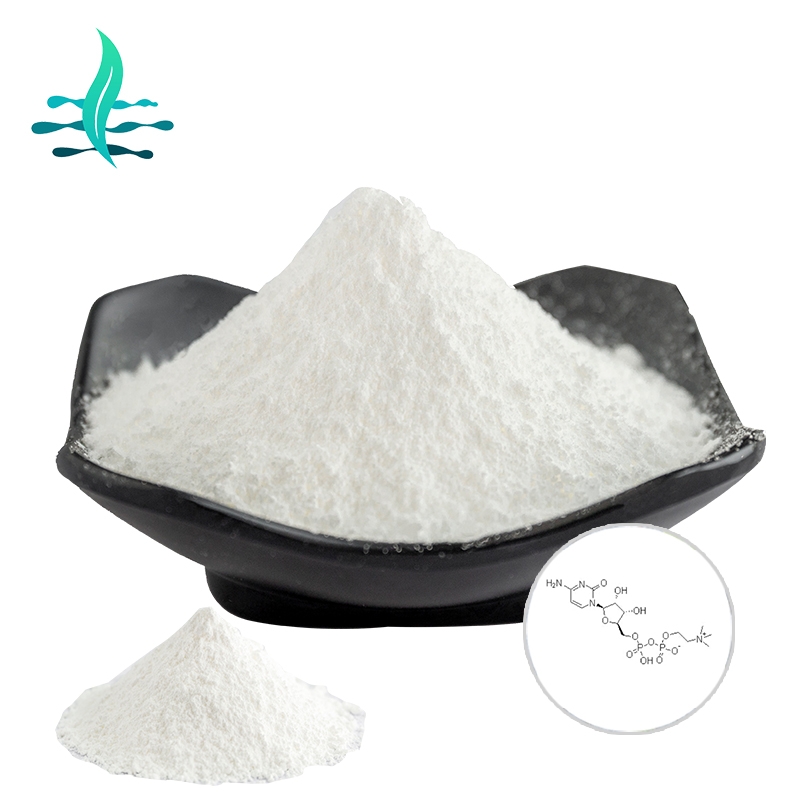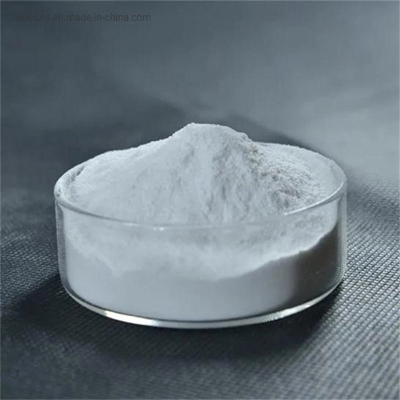Expression Library Screening
-
Last Update: 2021-01-08
-
Source: Internet
-
Author: User
Search more information of high quality chemicals, good prices and reliable suppliers, visit
www.echemi.com
When trying to identify a clone within a c
DNA
library, which may contain a coat protein (CP) gene, one useful technique may by immunological screening, using antibodies raised against either purified virus or isolated CP. Antibody screening can be carried out on a
cDNA
cloned into a wide range of vectors, including plasmids and phage-based vectors. Indeed, a whole plethora of commercial vectors are now available that have been optimized for generating expression libraries, including λ-gt11, λZAP (Stratagene, La Jolla, CA). However, antibody screening can be carried out on the simplest of plasmid vectors, based on the principle that, if the plasmid uses blue/white color selection, then a percentage of the cDNA inserts will be expressed as a fusion protein with β-galactosidase when the cells are induced with IPTG. The method described within this chapter will deal with such a plasmid screen, with readers directed to λ-screening chapters by Somssich and WeiBhaar in
Plant Gene Isolation
(
1
) and Hurst in
cDNA Library Protocols
(
2
), and (one of the original and best descriptions) by Huynh et al.
3
in
DNA Cloning: A Practical Approach
(
3
), all being good references for suitable lambda protocols. A typical immunological screen is shown in Fig. 1 , for a pUC13 vector (
4
). Double-stranded cDNA to the carlavirus, Helenium virus S (HelVS) was ligated into
Sma
I digested pUC13 vector and transformed into competent
Escherichia coli
. Colonies were screened with both nucleic acid probes using HelVS specific (
32
P) first-strand cDNA (Fig. 1
A
) and also using HelVS polyclonal antisera (Fig. 1
B
).
This article is an English version of an article which is originally in the Chinese language on echemi.com and is provided for information purposes only.
This website makes no representation or warranty of any kind, either expressed or implied, as to the accuracy, completeness ownership or reliability of
the article or any translations thereof. If you have any concerns or complaints relating to the article, please send an email, providing a detailed
description of the concern or complaint, to
service@echemi.com. A staff member will contact you within 5 working days. Once verified, infringing content
will be removed immediately.







